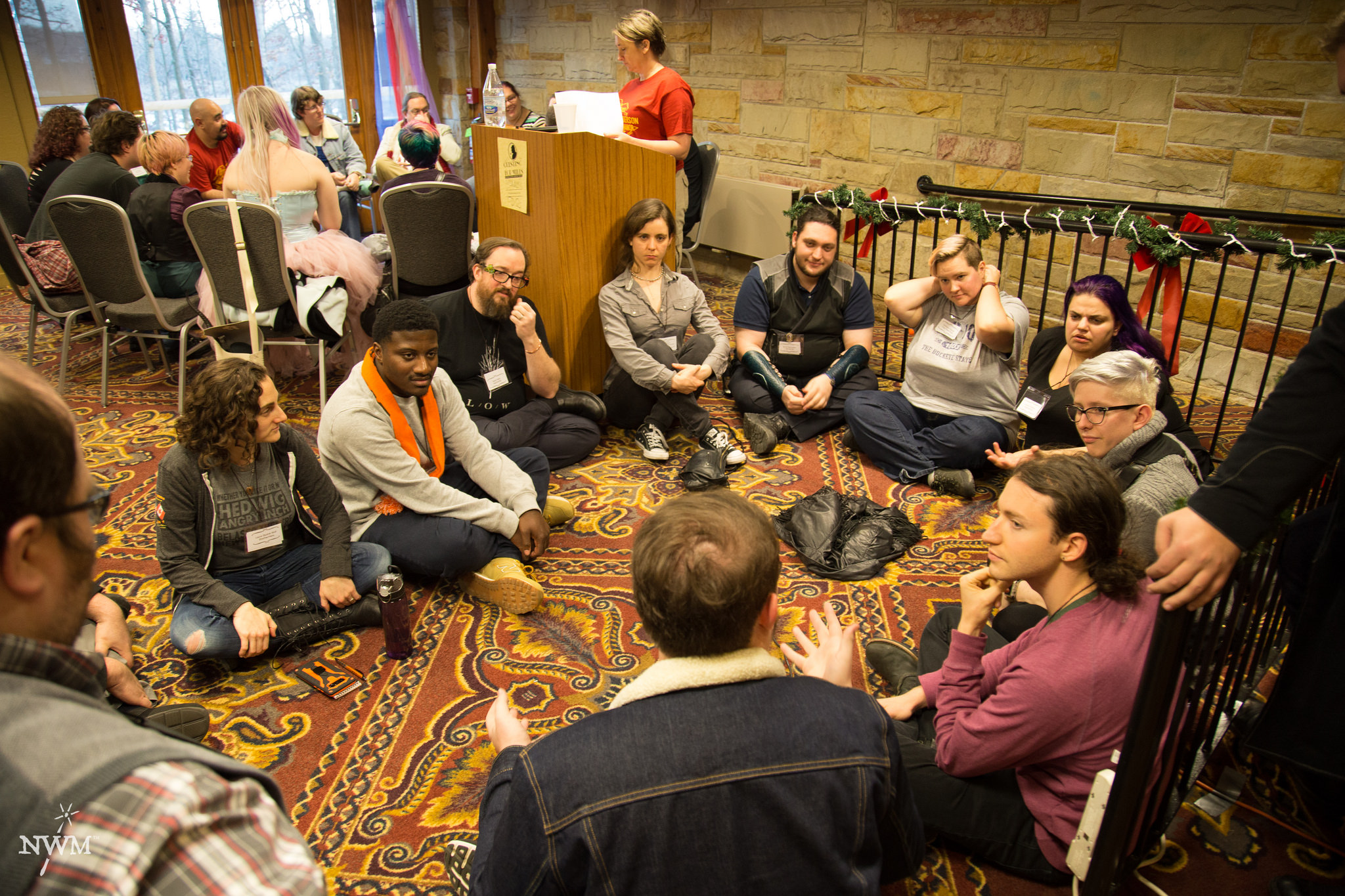Tag: Safety Mechanics
-

Leaving the Magic Circle: Larp and Aftercare
in
The transition from larp to everyday life can be messy sometimes. Some thoughts on aftercare in a larp context: how to do it and why.
-

Safety and Calibration Design Tools and Their Uses
in
Safety & Calibration techniques are important design tools that help diverse players access your larp and create stories together. This article offers three Safety & Calibration Tools that have been in use since June 2016 and are now used internationally in a variety of larps & other events.
